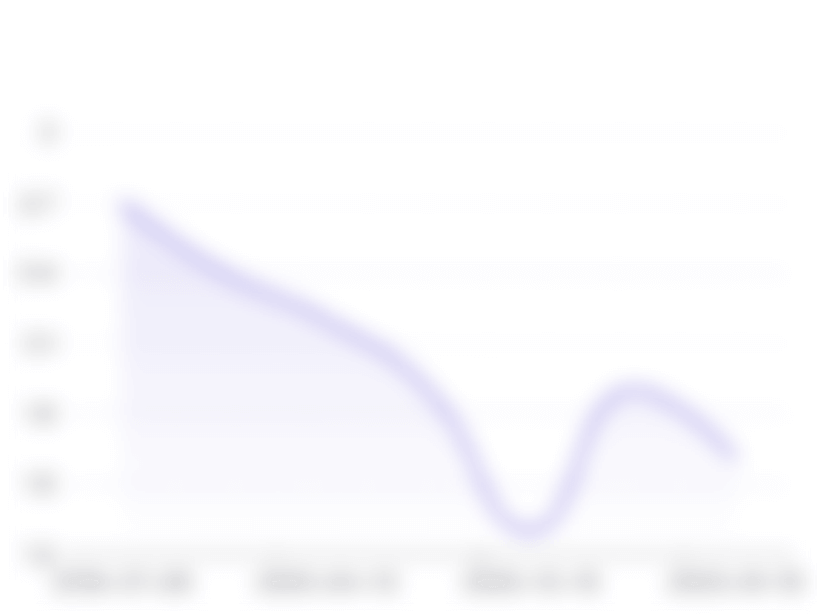




Fearless, adversarial journalism.
41.6% of @theintercept's followers are female and 58.4% are male. Average engagement rate on the posts is around 1.11%. The average number of likes per post is 2,060 and the average number of comments is 98.
@theintercept loves posting aboutPolitics,
Soul,
Founder.

195,145
Followers

1.11%
Engagement Rate

2,158
Engagement per post
2,060
Average likes per post
98
Average comments per post

150,480
Global Rank

-
Country Rank

-
Category Rank
Mentions - accounts
Similar Accounts


Recent Posts
* Copyright: Content creators are the default copyright owners. These information including images, texts, videos, posts and profiles are published on public domains and respective social media for public viewing.
FAQ: Instagram Statistics and Insights for @theintercept
How can I access Instagram statistics and analytics for @theintercept?
StarNgage offers comprehensive analytical reports that provide key metrics and insights to give you a complete understanding of @theintercept. You can explore various aspects, including Instagram follower statistics, such as follower and post growth trends, Engagement Rate, and its growth trends. Additionally, you can access information on the average number of likes and comments per post, insights into your followers or audience demographics, brand affinity data, mentions of relevant hashtags, similar accounts, and the most recent posts.
What is the current follower count for @theintercept on Instagram?
As of the latest update, @theintercept has accumulated a dedicated following of 195,145 followers on Instagram.
What insights and analytics are included in the full report for @theintercept on Instagram?
Our full Instagram analytical report provides a comprehensive overview of @theintercept on Instagram. This report includes detailed information on follower growth over time, engagement metrics, and post frequency, both on a weekly and monthly basis. To access this in-depth report, kindly register and create a new StarNgage account or log in to your existing account.
Can I track how @theintercept Engagement Rate has evolved on Instagram?
Yes, StarNgage's analytics tools allow you to monitor the evolution of @theintercept Engagement Rate over time on Instagram. This data helps you assess the effectiveness of @theintercept engagement strategies.
How can understanding @theintercept audience's demographics on Instagram?
Gaining insights into @theintercept audience's demographics on Instagram can be immensely valuable. It enables you to tailor your influencer content and marketing strategies to better resonate with @theintercept followers, as you'll have information about their age, gender, location, and interests.
How can I leverage brand affinity data to improve my marketing strategy on Instagram with @theintercept?
Brand affinity data is a powerful tool to understand which brands or products your audience is most interested in. This information can guide your content collaborations and partnerships on Instagram, enhancing your engagement with your target audience.























